I switched the gym for EMS training for three months — here's how it changed my running
Could electrical pulses on my muscle fibers really improve my running? I decided to put EMS to the test
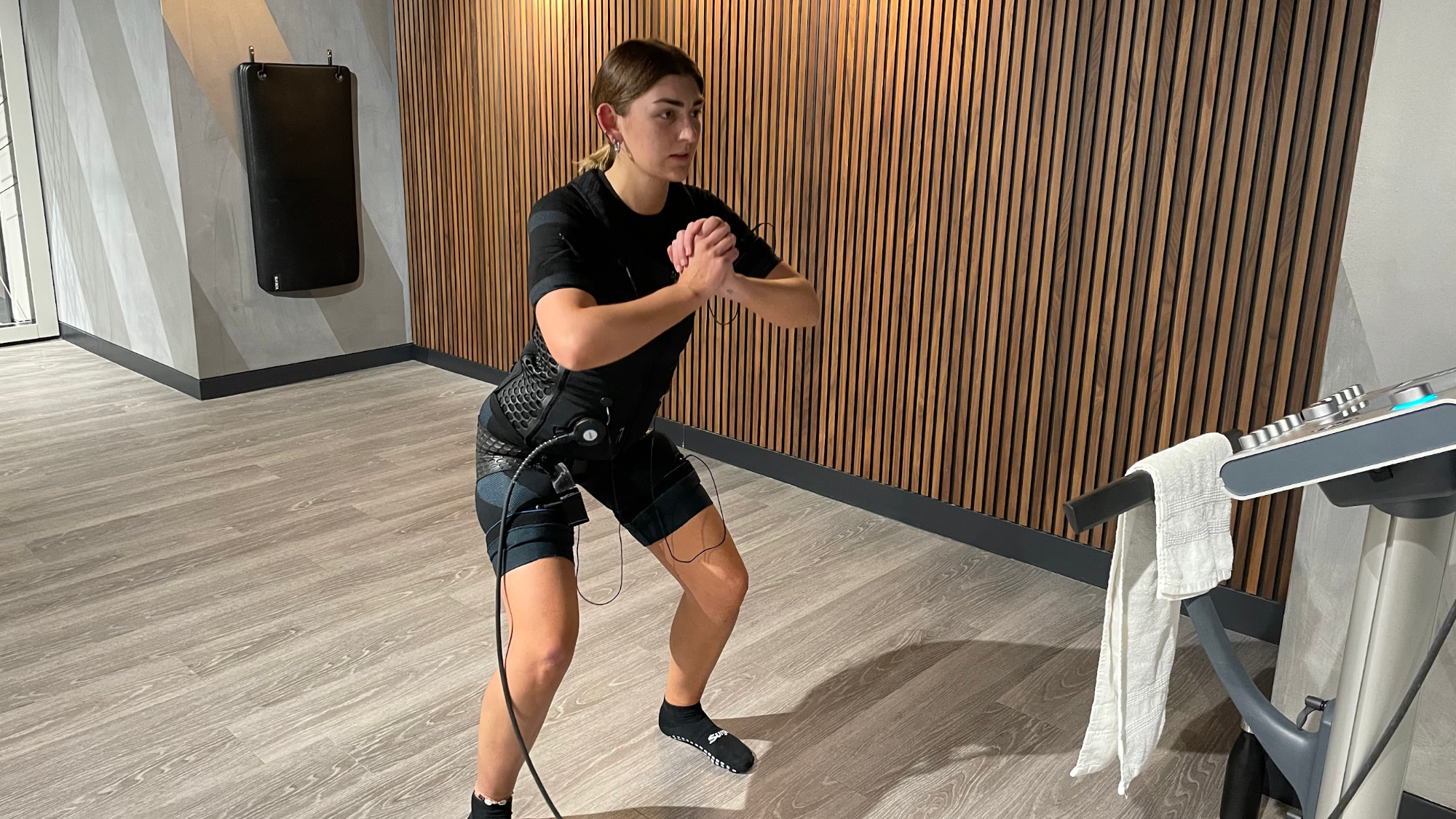

As a keen runner with six marathons and a Boston Marathon qualifying time under my belt, I'm always looking for ways to get faster. But to be fast, you need to be strong, so I've been looking for a way to optimize my strength training routine and get back to peak condition.
I first heard about electro-muscular stimulation (EMS) last year when I tried Chrissy Teigen's 20-minute strength workout. After recent battles with injuries over the past year, I was interested to see whether EMS could really be equivalent to four hours of regular strength training.
I was skeptical that electrical pulses placed across your body would make a difference, but I was hooked after trying out my first session at Surge Fitness. So, I replaced my two gym sessions with a single EMS session a week for three months.
But did it help my run times? Alongside a pair of the best running shoes for women, it's become a staple part of my training routine — but there is a caveat. Here are my main takeaways from three months of EMS training.
1. I feel stronger and injury-free
Physiotherapists often recommend EMS training for those who are recuperating from injuries. Why? Electrical stimulation is delivered to larger body areas during the workout via a suit, vest, and shorts.
These electrical impulses bring eight major muscle groups into controlled contractions. The pulses don't hurt but act as resistance — just like a pair of adjustable dumbbells or resistance bands usually would. Essentially, this provides a low-impact workout that's still high-intensity.
I've struggled on and off with iliotibial band (ITB) syndrome for the past year, tending to experience flare-ups when my weekly mileage creeps up. Personally, EMS training has provided an effective way to target and strengthen my glute muscles, which has (so far) kept my ITB niggles away.
Get the Fit&Well Newsletter
Start your week with achievable workout ideas, health tips and wellbeing advice in your inbox.
2. My run times improved
Here's the important part: I tackled a timed 5K race at my local park after consistently EMS training once a week for three months. My personal best stood at a respectable 21:17, but I managed to race my way home in 20:45 and felt like I had more in the tank.
I also knocked two minutes off my half-marathon time for the longer distances. Of course, several factors can come into play here; recovery, nutrition, and interval training to name just three. But the evidence points toward EMS training playing a role.
According to a study published in the Journal of Strength and Conditioning Research, up to six weeks of regular EMS training can boost an athlete's power and speed. This could be why I managed to get an edge on my previous running records.
The authors concluded that EMS offers a promising alternative to traditional strength training for enhancing strength parameters and motor abilities, with the clear-cut advantage of being time efficient.
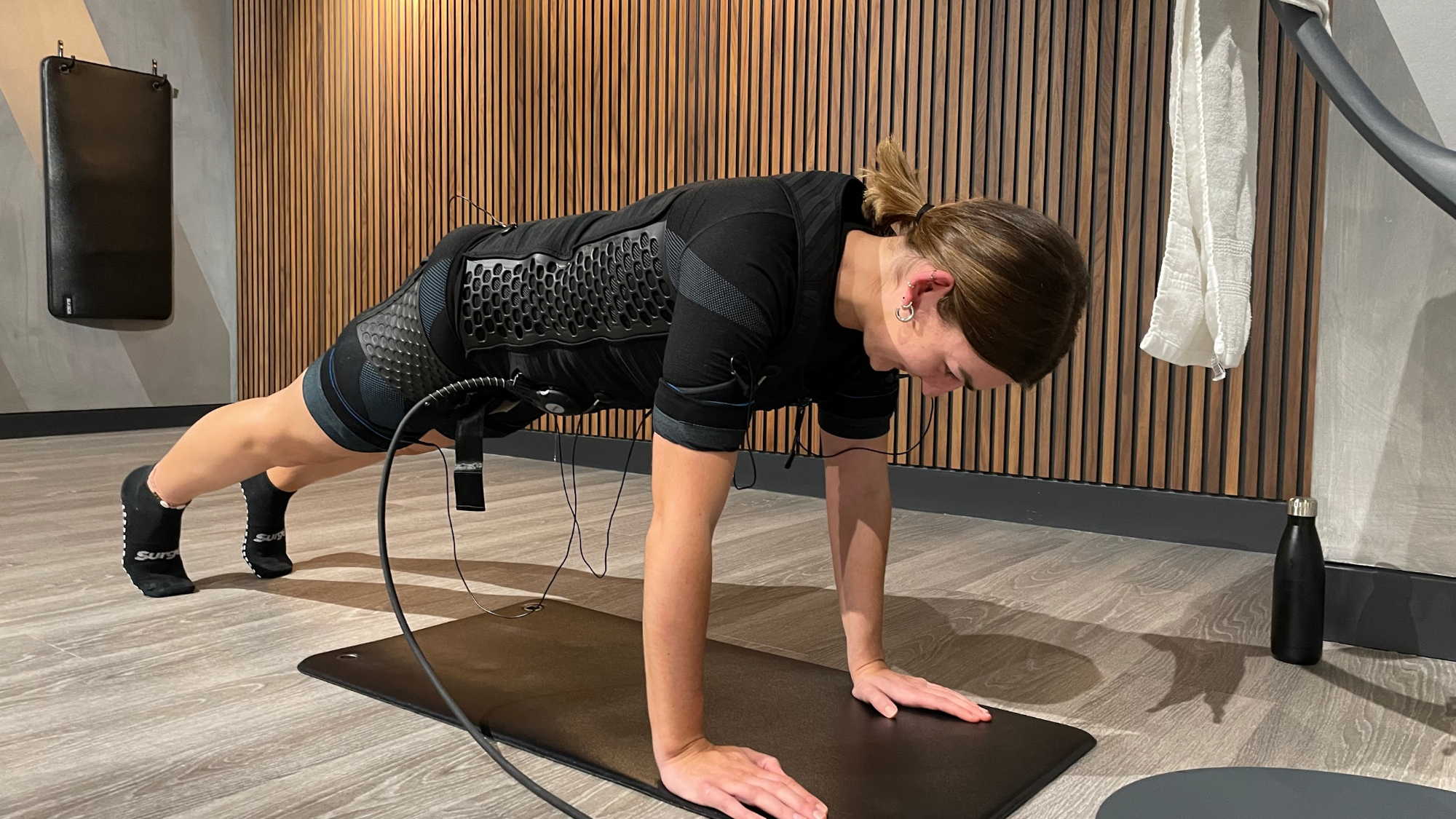
3. My core feels stronger
I admit I could do more to incorporate ab exercises into my strength training routine. As a distance runner, this can be problematic because when the body is fatigued, your form can begin to suffer at the end of a long run.
Strengthening your core muscle has several benefits, like improving your posture, especially over longer distances. But even without dedicating time to specific ab workouts, I've found that my core feels stronger from three months of EMS training.
Researchers are starting to find similar results, like in a 2019 Frontiers in Physiology journal study. The team found that 10 weeks of EMS training improved trunk strength (imagine the body without a head, neck, arms, and legs — that's the trunk!).
A weak trunk typically contributes to back pain, sciatica, knee concerns, and shoulder or hip issues, so building trunk strength can play a crucial role in keeping the body strong.
4. Regular strength training is still important
Here's the caveat; while EMS can be great for improving muscle function and strength, it's not a miracle worker. Functional strength is something that develops by moving your body and throwing heavy objects around.
The EMS sessions could help with any mobility issues or poor posture, which are critical for getting the technique of a dumbbell deadlift just right, but you'll still need to lift a dumbbell or kettlebell if you want to build strength and develop your muscles.
Essentially, EMS is complementary to strength training, but it can't replace it. I'd prioritized running over strength training, so EMS has helped bridge the gap. But it's been worth the time, as the improvements seem to work for me.

Alice Ball is the Health Editor for Future Plc. With more than five years of experience working in health journalism, she's covered everything from why we should 'kill' the calorie, to destigmatizing the menopause. Alice also specializes in nutrition and supplements. She's a self-confessed running fanatic, currently in training for her fifth marathon. She enjoys documenting her progress on her Instagram account, @aligoesrunning. Alice works across a number of Future's sites, including LiveScience and Fit&Well.
-
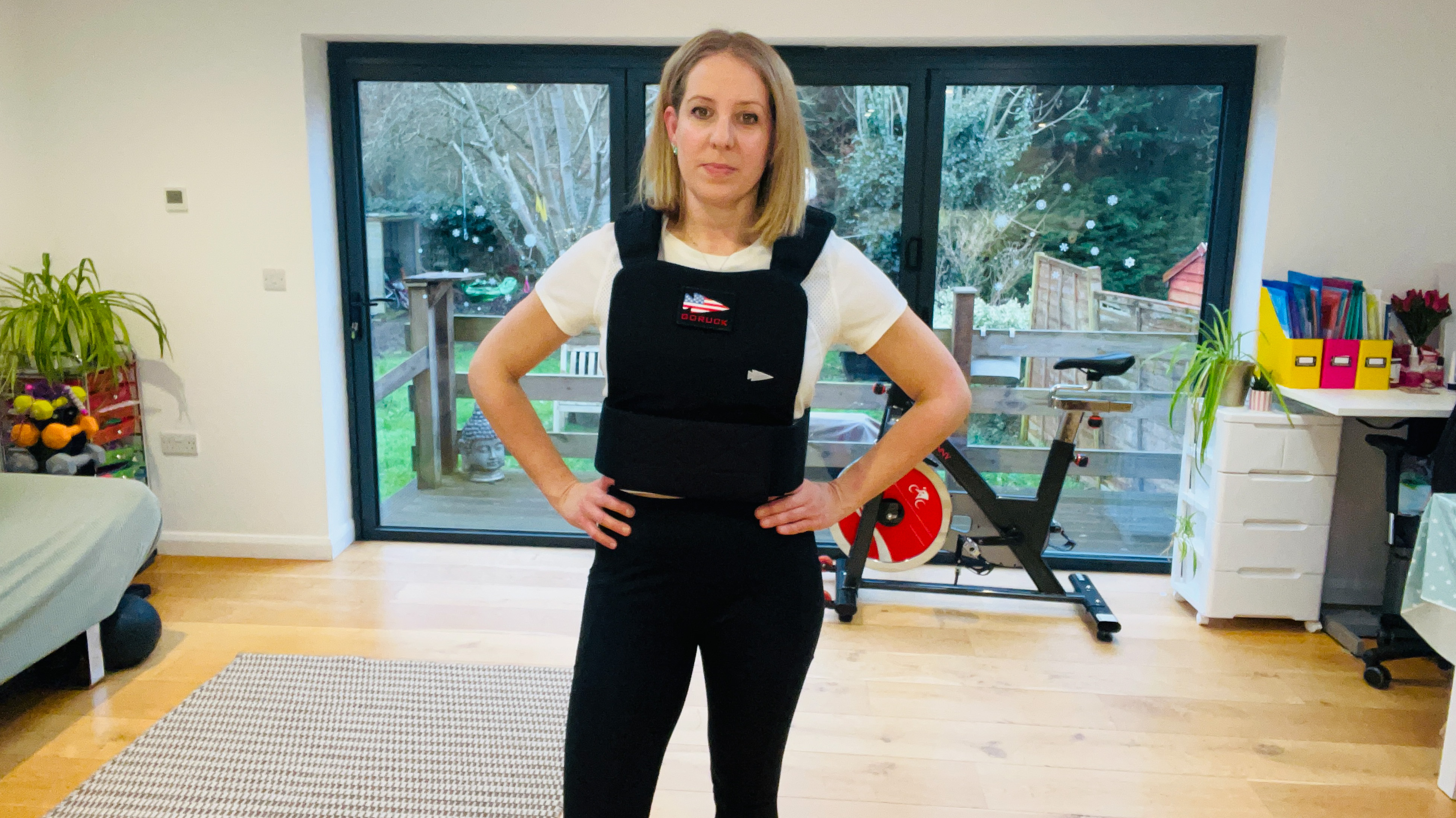 I’m a personal trainer and I tell all my clients to do this weighted workout to build muscle and bone health
I’m a personal trainer and I tell all my clients to do this weighted workout to build muscle and bone healthMake home training even more effective
By Maddy Biddulph Published
-
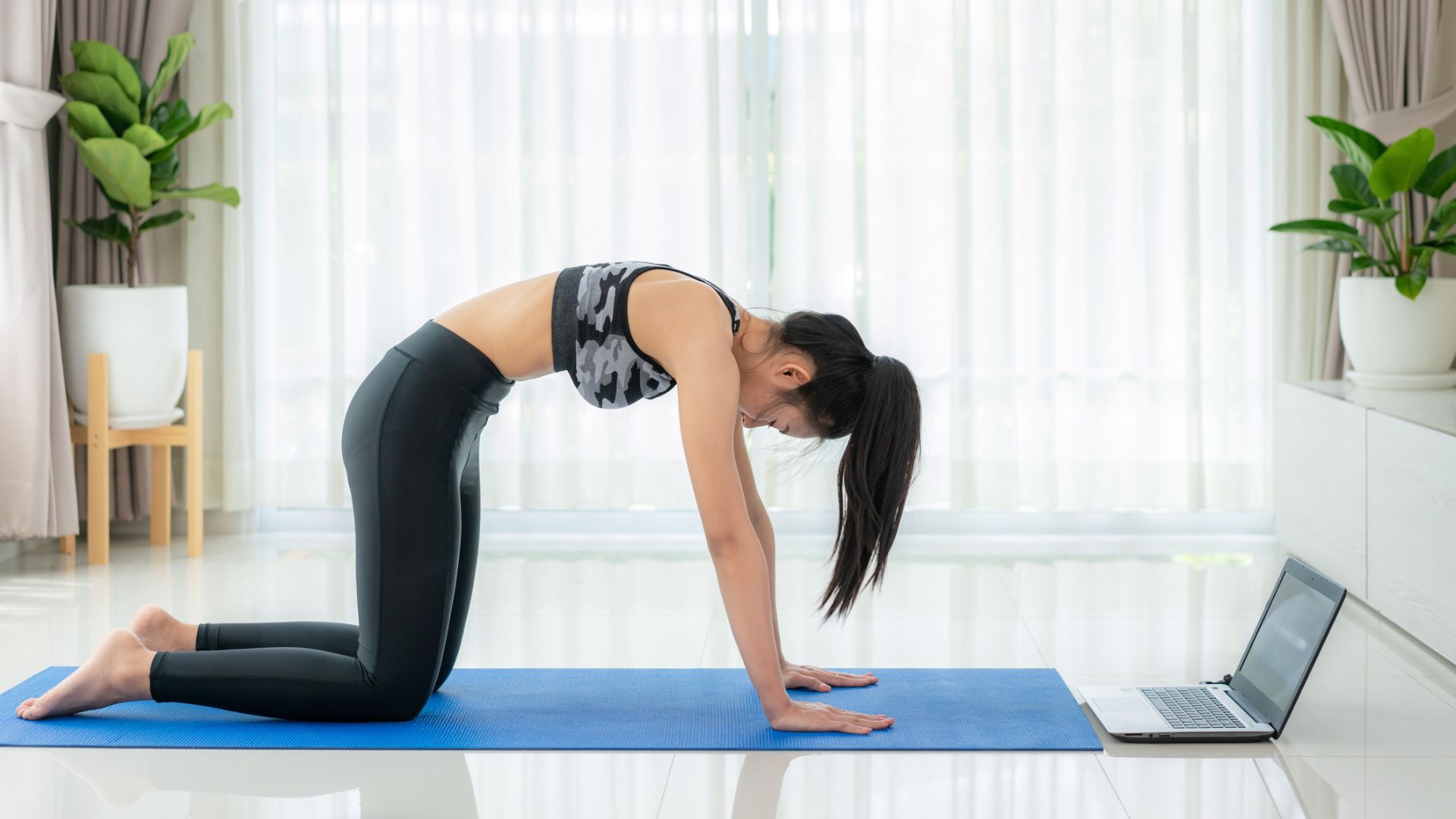 I'm always stiff from sitting, so I tested out a 12-minute morning mobility routine to see if it could help
I'm always stiff from sitting, so I tested out a 12-minute morning mobility routine to see if it could helpThe short routine taught me a lot about my body
By Becks Shepherd Published
-
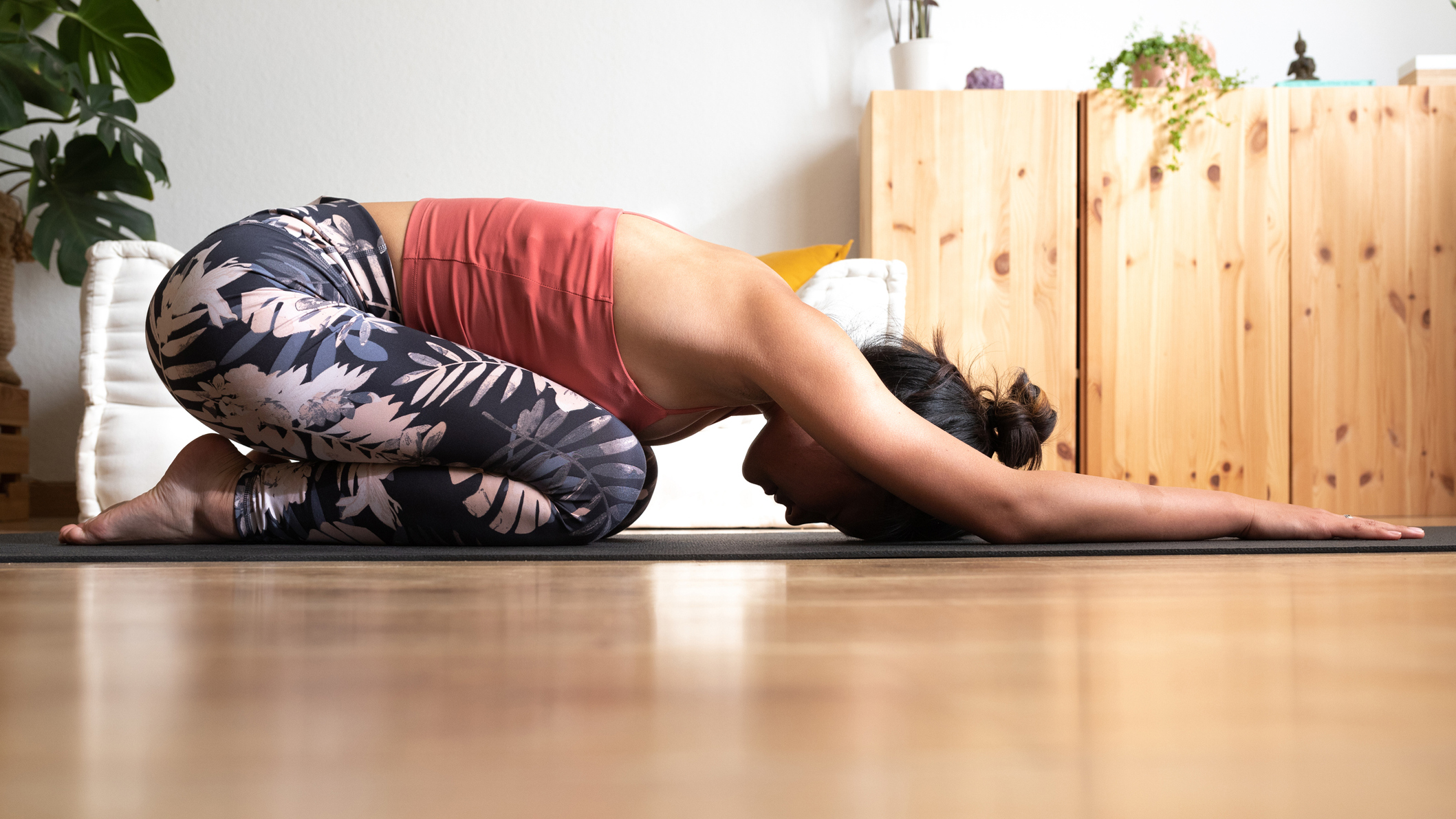 This expert-recommended tweak to child's pose is helping me undo the damage of my desk job
This expert-recommended tweak to child's pose is helping me undo the damage of my desk jobYoga If you spend a lot of time sitting down, you need to try this stretch
By Alice Porter Published
-
 Don't fancy running in the cold? I recommend doing this six-move conditioning workout instead
Don't fancy running in the cold? I recommend doing this six-move conditioning workout insteadWorkout If dark mornings are getting in the way of a pre-work run, this six-exercise conditioning workout is a great alternative
By Daniella Gray Published
-
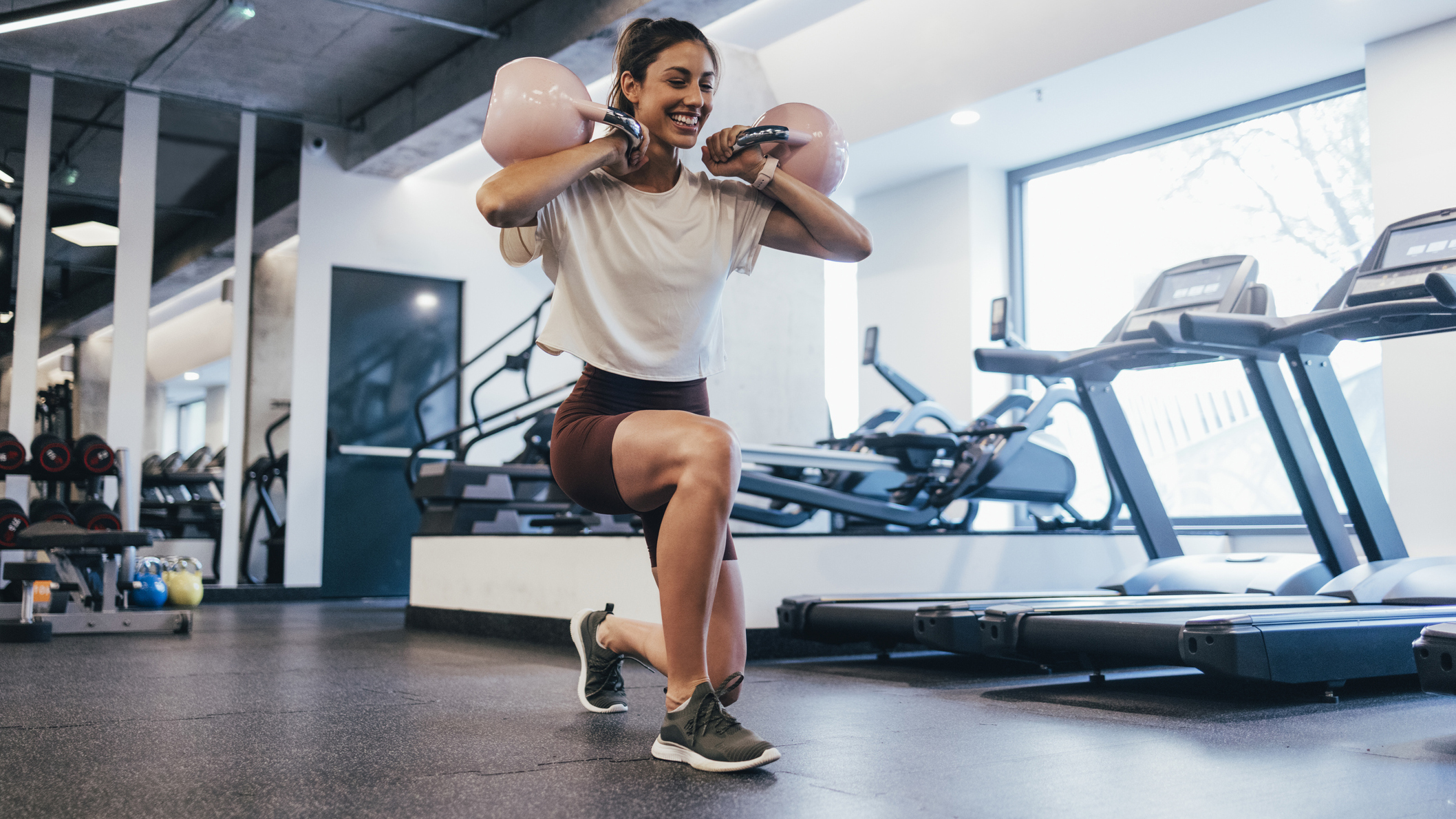 I swapped a split-exercise routine for full-body workouts and it drastically changed my body fat percentage
I swapped a split-exercise routine for full-body workouts and it drastically changed my body fat percentageWorkout If your goal is fat loss, then a full-body workout routine could be key
By Stacey Carter Published
-
 I tried meditating while I walked—and was surprised at how effective it was
I tried meditating while I walked—and was surprised at how effective it wasMindfulness Struggle to sit still for a seated meditation? Try taking your mindfulness session outdoors
By Sarah Finley Published
-
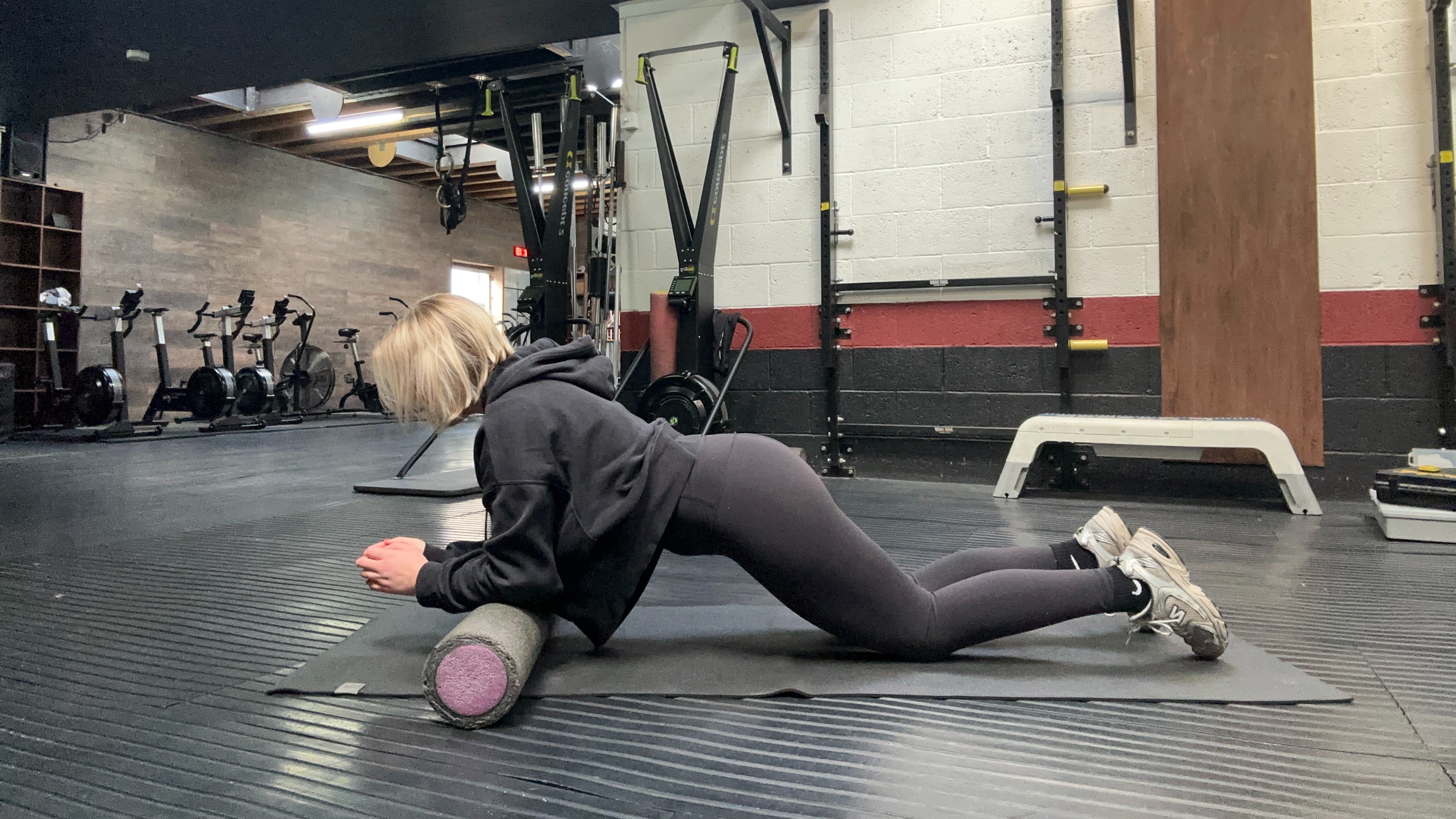 I tried this simple trick to replicate a Pilates Reformer class at home—and my core got a serious workout
I tried this simple trick to replicate a Pilates Reformer class at home—and my core got a serious workoutPilates Could this be the best budget alternative to Reformer Pilates?
By Alice Porter Published
-
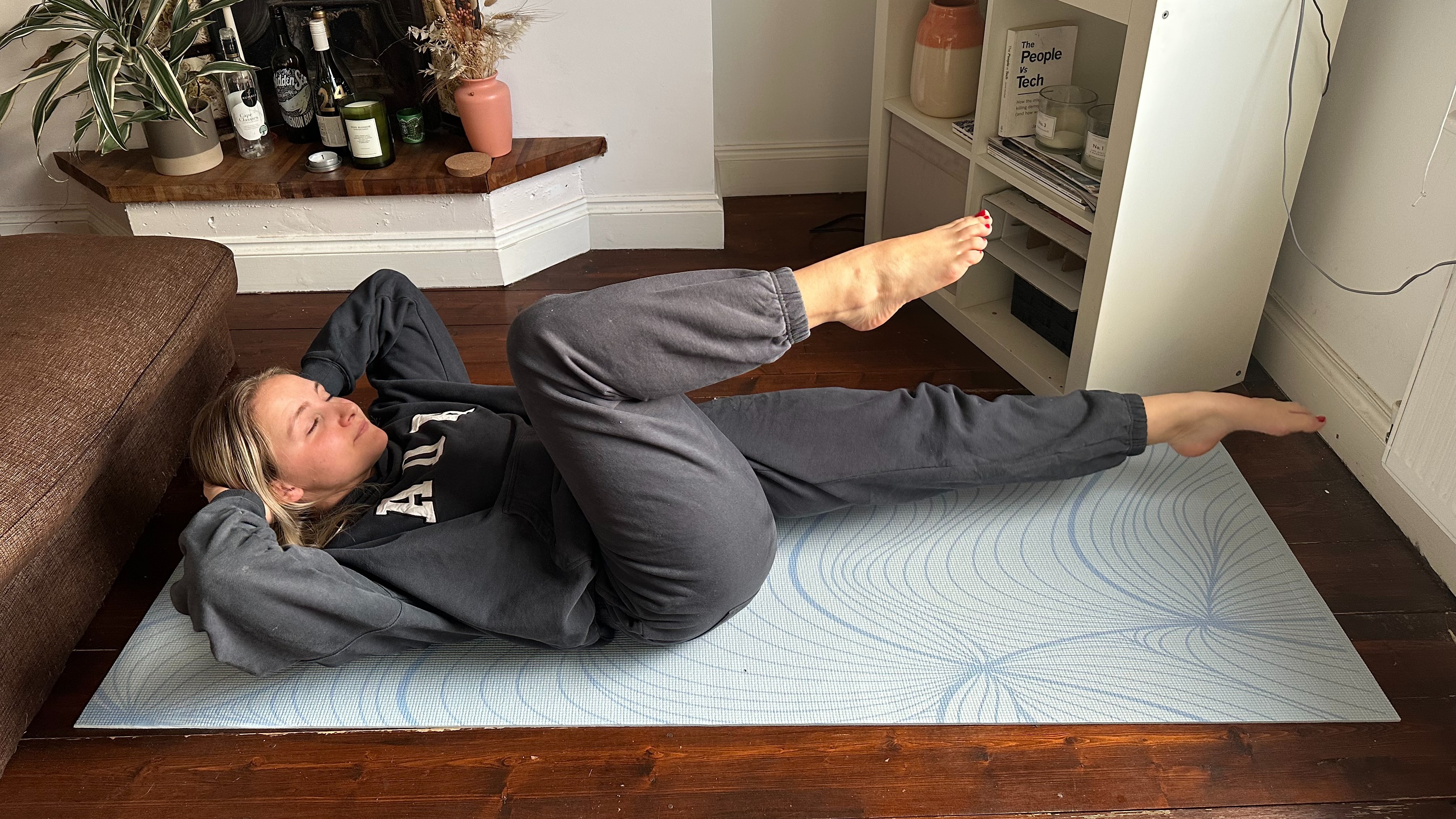 I tried this bodyweight workout and it helped me activate deep core muscles
I tried this bodyweight workout and it helped me activate deep core musclesWorkout These five low-impact exercises helped me build serious core strength
By Alice Porter Published
-
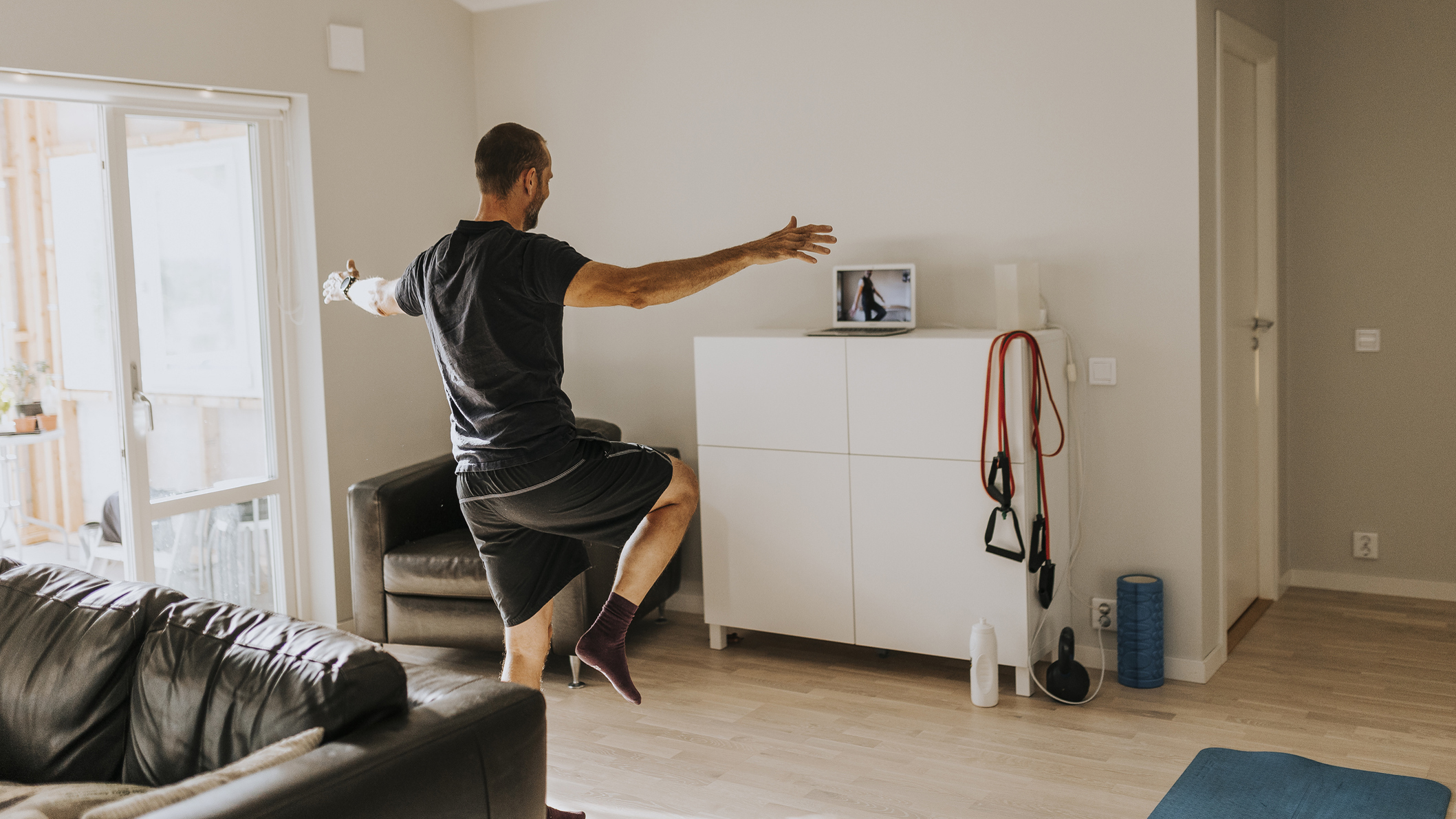 Want to pass the 'old man test'? Try these expert-approved balancing tips, which helped me master the challenge
Want to pass the 'old man test'? Try these expert-approved balancing tips, which helped me master the challengeWorkout You'll need to develop your stability, balance and strength to pass this test with flying colors
By Harry Bullmore Published
-
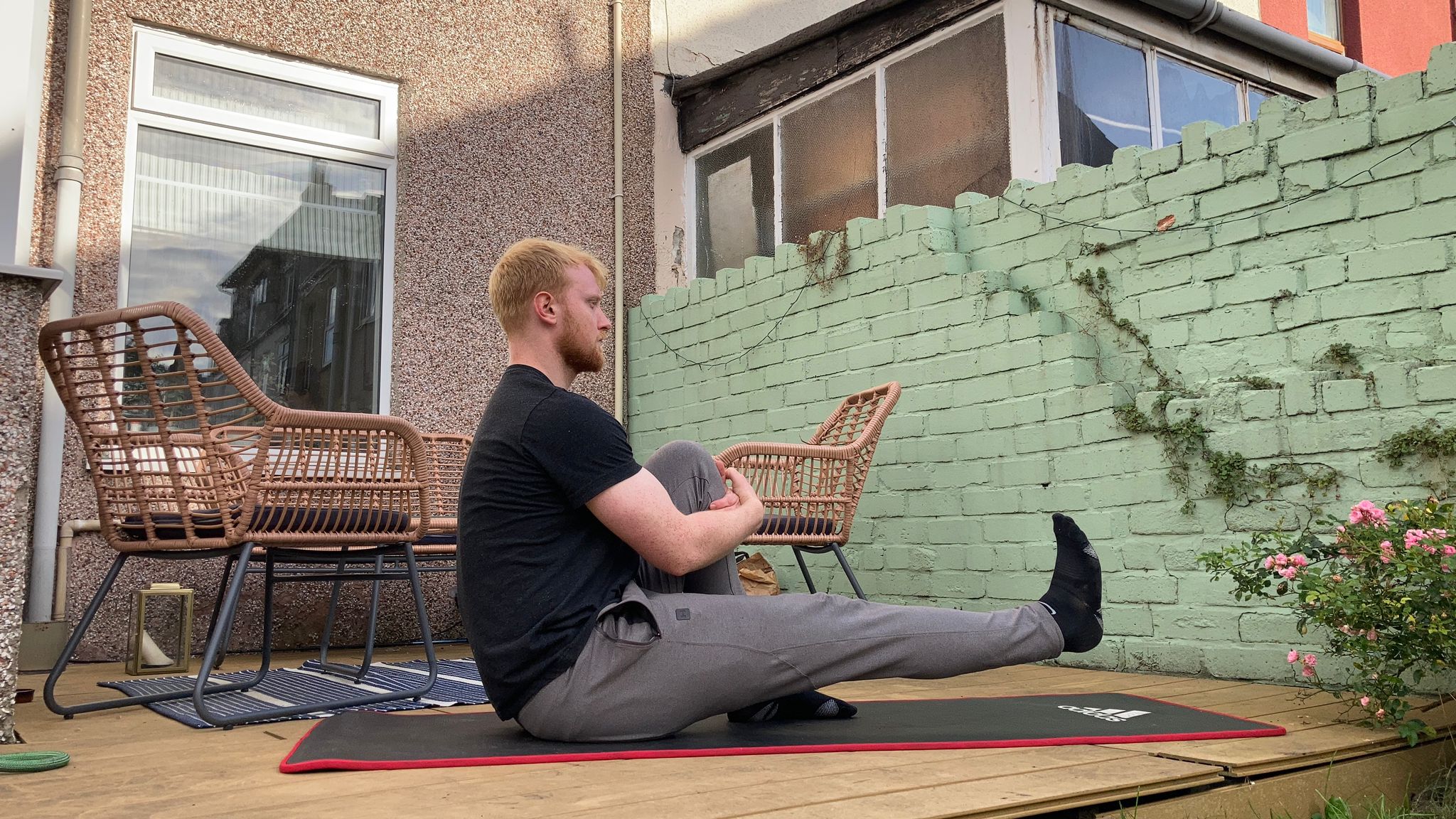 I swapped stretches for these four moves to improve my hip health, and I could feel them working straight away
I swapped stretches for these four moves to improve my hip health, and I could feel them working straight awayWorkout Healthy hips keep injuries and back pain at bay, so I tried some exercises designed to strengthen the surrounding muscles
By Harry Bullmore Published